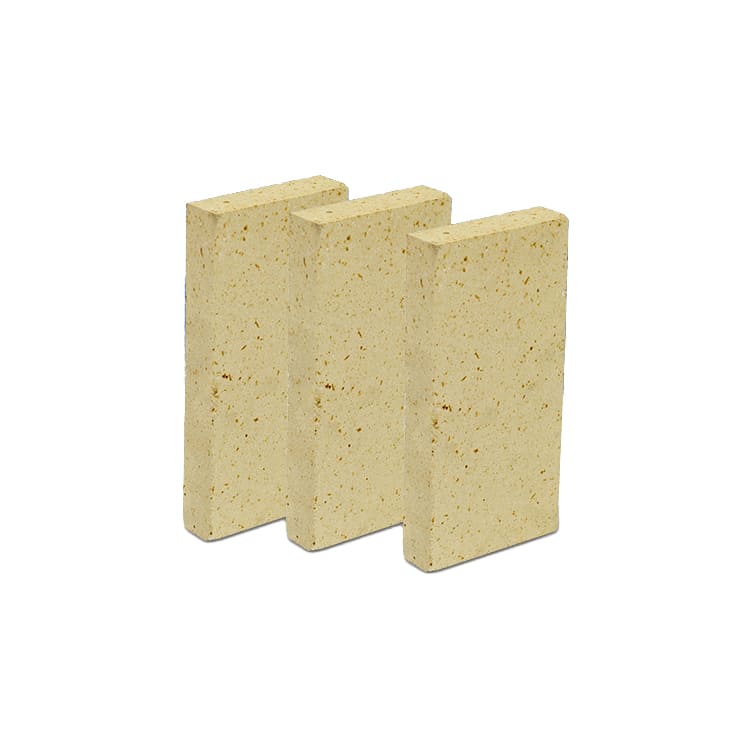

Time:

For example, the fire resistance temperature of third-grade high-alumina bricks is >1750°C, and the service temperature is around 1400°C (cannot exceed the load softening temperature for a long time). Special-grade high-alumina bricks The refractory temperature is >1790℃, and the service temperature is above 1550C.
The normal temperature strength of refractory castables is generally divided into two types, namely normal temperature flexural strength and normal temperature crushing strength. There are many factors that affect the normal temperature strength of castables, including the size and gradation of particles, the size of crystal grains, the type and amount of binder, etc. Among them, the type and amount of binder are one of the most important factors.
The high temperature flexural strength of refractory castables is closely related to its actual performance. It is one of the important indicators for evaluating the performance of refractory castables. Its size is determined by the material’s firing temperature, raw material composition, production process, chemical composition, impurity content and structure. Determined by factors such as structure.
As the aluminum content increases, high-alumina bricks undergo a series of chemical changes at high temperatures, forming a glass phase or crystal structure. The high-temperature main crystalline phase of special-grade high-alumina bricks is mainly corundum phase and a small amount of mullite phase. First-grade high-alumina bricks High alumina bricks are mainly composed of mullite phase and a small amount of corundum phase. Secondary high alumina bricks are mainly composed of mullite phase and glass phase. Third-level high alumina bricks are mainly composed of low mullite phase and a large amount of glass phase. , it can be seen that the high temperature resistance of high alumina bricks varies greatly with the different main crystal phases.
Submit Request